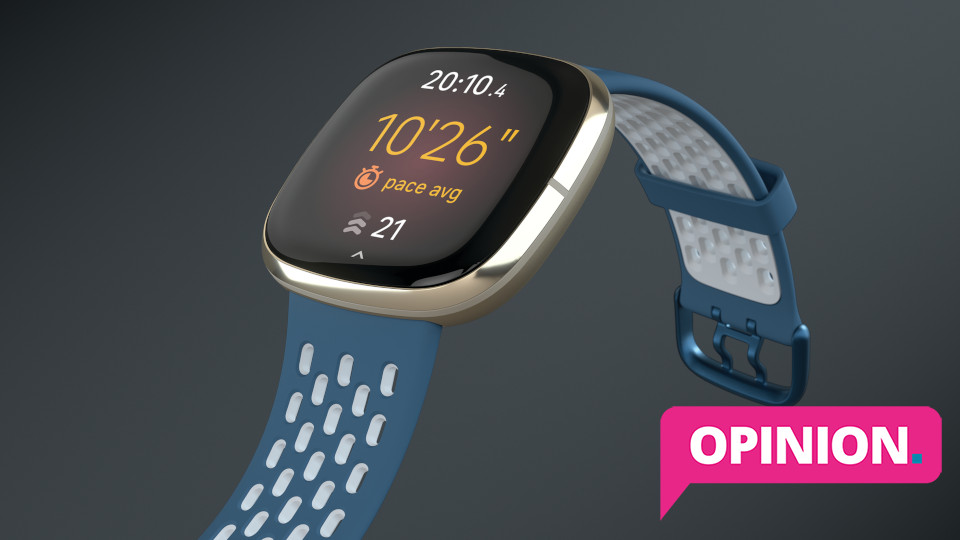The Fitbit Sense 2 may soon be landing on wrists, judging by two new device names discovered in the installation files for the Fitbit Android app. It’s an exciting discovery – there’s been no news from Fitbit so far this year, other than the recall of Fitbit Ionic devices earlier this month – but we can’t help wondering just what a next-gen Fitbit Sense could offer to tempt us.
The Fitbit Sense was an exciting watch when it launched in September 2020, thanks to its novel stress-detecting technology. Whereas most fitness trackers, smartwatches, and running watches measure fitness by tracking heart rate variability, the Sense uses electrodermal activity (EDA), which is a measure of your skin’s electrical conductivity.
Adrenal activity causes you to sweat, which makes your skin more conductive. When you enable the Fitbit Sense’s EDA app and place your palm over its face, the watch sends a tiny electrical impulse through your skin, and measures changes in conductivity (EDA responses). More EDA responses over the course of a minute indicate higher levels of stress.
Although it was coincidental, mid-2020 was the perfect time for the Sense to make its debut, as the pressure of pandemic lockdown really started to bite, and many people faced particular problems with sleep as a result.

Now, however, Fitbit faces a real challenge – what can it add to make the Sense 2 as impressive as its predecessor? EDA technology alone won’t cut it (Fitbit incorporated the same sensor into the smaller, more affordable Fitbit Charge 5) and according to the details discovered in the app’s installation files, the new watch will have the same screen resolution, so it’s unlikely to look radically different.
It doesn’t look like this will be the long-awaited premium Fitbit smartwatch powered by Google Wear OS. The fact that its apparent codename (either ‘Rhea’ or ‘Hera’) was found in the APK for the existing Fitbit Android app suggests it’ll be sticking with the same Fitbit operating system, and there was no mention of Wear OS to be found.
No sweat
So what could Fitbit do differently this time around? My prediction is continuous stress monitoring, so you don’t have to access the EDA app manually and take time out of your day to perform spot checks. In fact, I’d be tempted to put money on it.
Last week, it emerged that Google (Fitbit’s parent company) is seeking FDA approval for an algorithm that would allow its fitness trackers to check for irregularities in heart rate throughout the day. If its application is successful, you’d no longer need to open the ECG app on your watch to check for signs of atrial fibrillation. Instead, your watch would perform its own checks every two hours or so (depending on your activity level) and alert you if it detects an unusual heart rhythm – and it’s possible that the Sense 2 could track EDA responses in exactly the same way.
With an EDA sensor built into the watch back, the Fitbit Sense 2 could measure EDA responses when it detects that you’re sitting still and could even provide alerts when it notices you’re starting to feel the strain, then lead you through some breathing exercises to help you get things back under control.
We’re keeping our ear to the ground for any further hints about the Fitbit Sense 2 and the rumored Versa 4, which may arrive at the same time, and we’ll keep you updated as soon as we know more.
